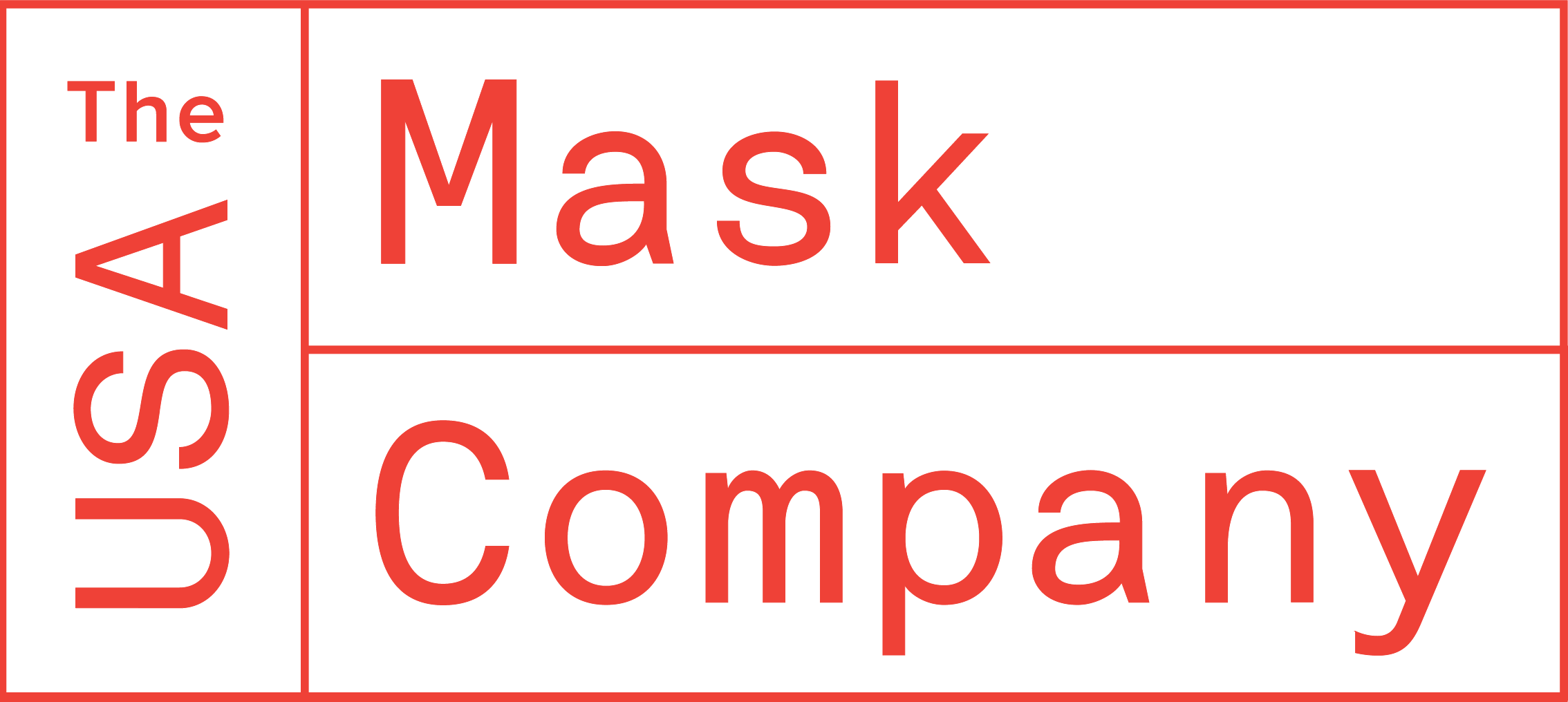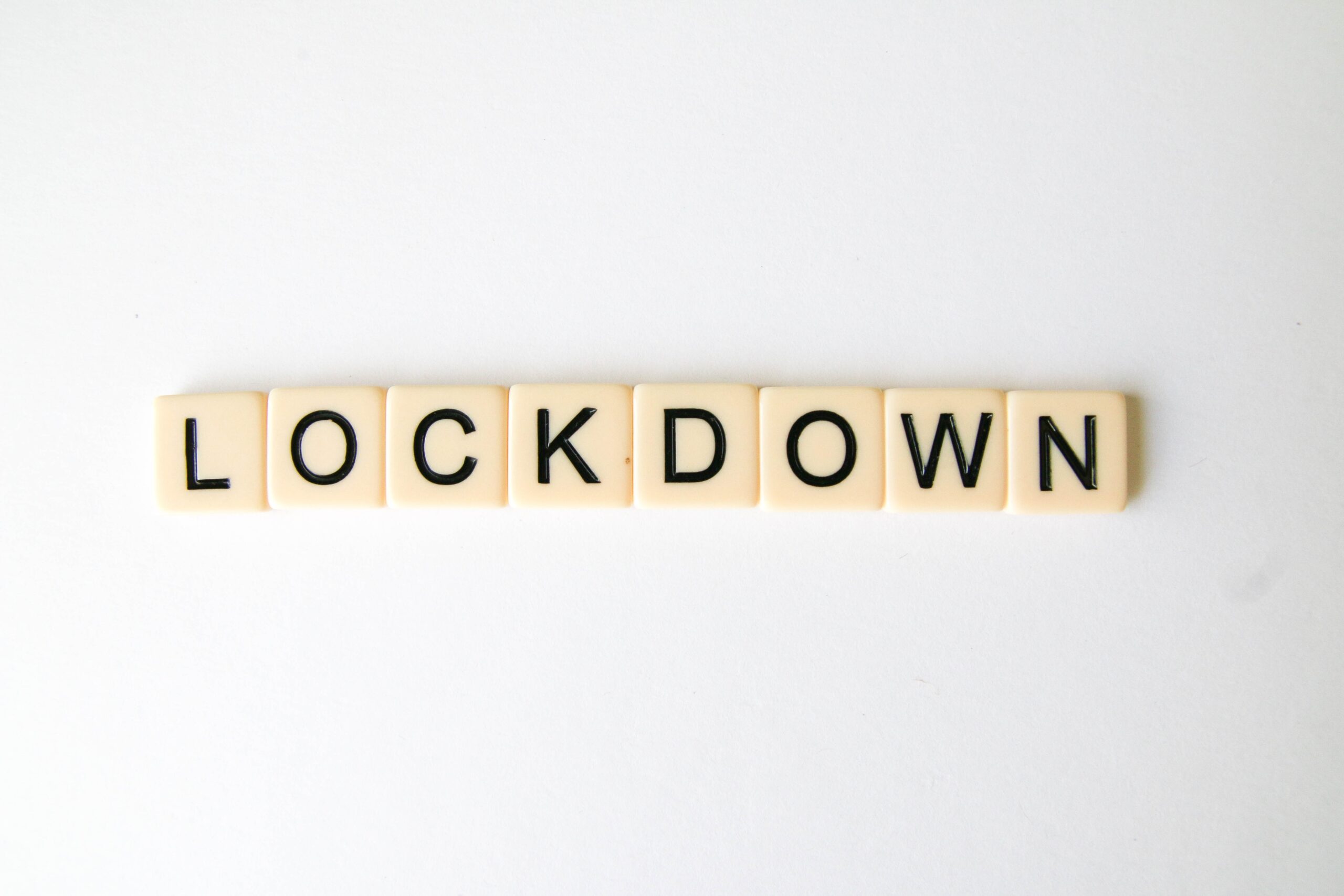After a year of dealing with COVID-19, more than 250 million people have been infected by the virus with nearly 3 million fatalities to date and still rising. As countries race against time to achieve herd immunity with the few available vaccines, most of us are still struggling to adapt to what is now the new normal.
The term ‘new normal’ started to gain traction early last year as every country started to implement social distancing, the wearing of face masks, and quarantines to try and curb the spread of the coronavirus. More people soon learned to adjust to ‘work from home’ arrangements and ordering essentials online but some adjustments just proved to be more intolerable for many than others. Soon, more employees fell to mass furloughing and unemployment, while companies across all industries were shuttered due to the pandemic’s economic backlash.
Redefining the new normal
Now knowing how COVID-19 acts as a double-edged sword that spells consequences to both public health and the global economy, it is essential to revisit where we are now in the new normal.
One huge factor that was left unchecked from the first year of the pandemic and the last year of the previous U.S. administration was the establishment of proper protocols on new normal guidelines and safety nets on the general public’s health that would have helped contain its spread. Face masks and N95 respirators turned into a political issue as the 2020 elections approached, and the pandemic was simply not taken seriously as it should have been.
Addressing new normal needs
While the new Biden administration is taking more drastic measures to streamline its inoculation campaigns and promote infection control, several states are still keen on relaxing its mandates on the wearing of face masks. Such a move could further delay the current administration’s target of a semblance to normalcy by the 2nd half of this year.
CDC recommendations are still in place on the wearing of face masks in public, preferably those that are made in the US, and pass the National Institute for Occupational Safety and Hazard (NIOSH) standards on filtration and fitting. The problem is that the country needs over 50 million N95 respirators a year and even the largest producers like 3M or Honeywell cannot meet the demands which prompted other players like The USA Mask Company to step up and deliver higher quality KN95 respirators which like N95 respirators, are also 95% effective against aerosol particles like COVID-19, to the global market.
Know where you can buy genuine, US-made KN95 respirators and how they can protect you from COVID-19 here.

